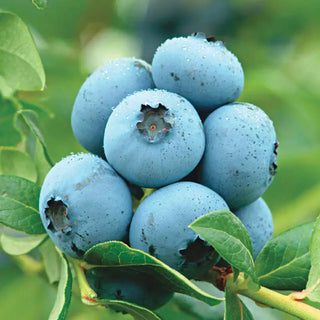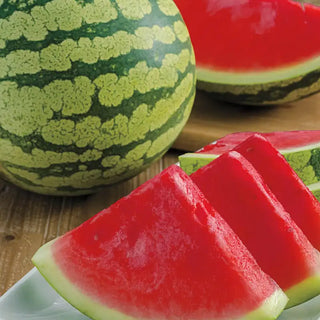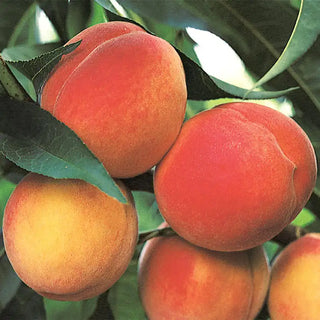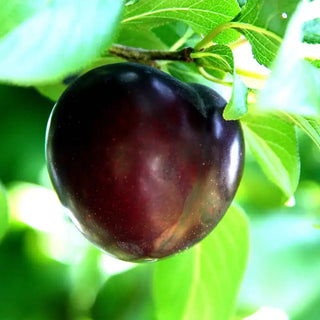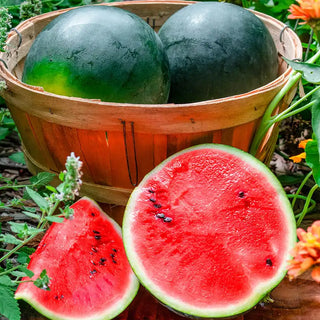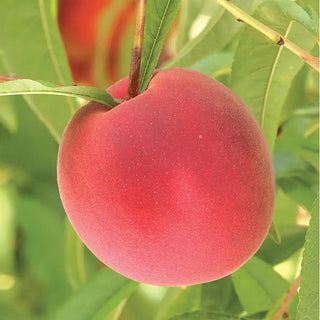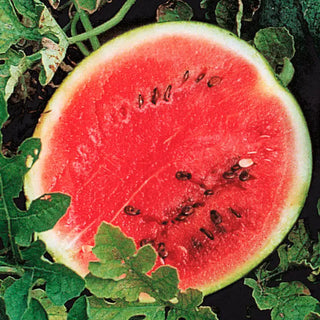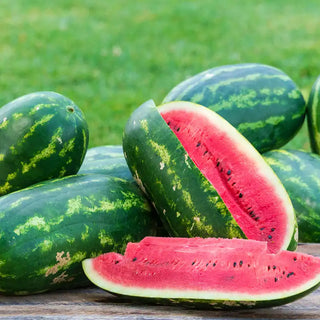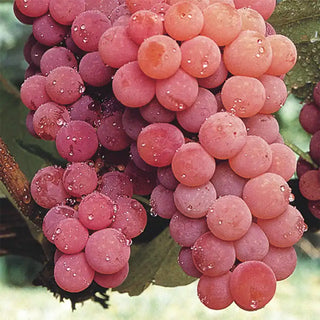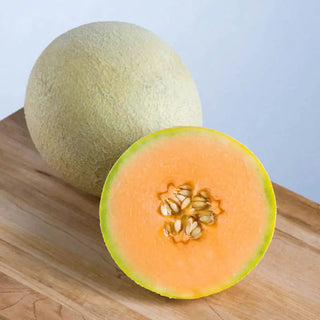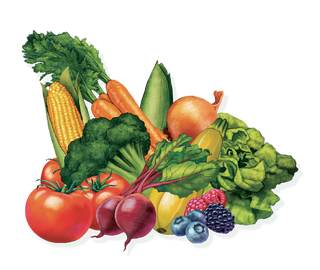Fruit trees add shade and fruits to your garden. Shop fruit trees and plants today from Gurney's, we offer everything from Asian Pear trees to Apricot and Peach trees. Buy from our colorful selection of fruit trees to prepare for the Fall or Spring!
Fruit Trees and Berry Plants from Gurney's
At Gurney's, we believe the fruits grown in your home garden should taste better than what you'll find at the supermarket. We have a long history of working with plant breeders to find the most flavorful fruit varieties as well as fruit tree and berry plants that are disease resistant and easy to grow. We grow and trial fruit and berry varieties, like delicious Muscadine grapes, and only select the best of the best to offer for sale.
How to Choose Fruit Trees
While you'll find lots of fruit trees for sale, how do you know what is the right variety for you? First consider your available space. Gurney's offers standard and fall fruit trees, as well as some that can be grown in containers. To grow fruit trees successfully, the variety you choose must be suitable for your grow zone. Use our zone finder information and recommendaions to check the first and last frost dates for your grow zone. Next consider how you want to use your fruits--including how many you'd like to grow, if you want them for fresh eating only, or if you'd like some for canning and preserving. Finally, let your taste buds decide on your favorite fruit tree variety.
Getting Started with Fruit Trees
To get the top performance out of your fruit trees and berry plants, make sure you give them what they need. Almost all fruit trees and berry plants need full sun (at least 6 hours of direct sunlight daily) and fertile, well-drained soil. They also need space to grow. When selecting fruit plants, note their mature height and spread. Some fruit trees are self-pollinating while other fruit trees require another tree for pollination.
With a little care and maintenance, including pruning and fertilization, your fruit trees and fruit plants will reward you with mouth-watering, sun-ripened fruits, sometimes in just a few years. Read on to learn more about growing your own fruit trees.
When to Plant Fruit Trees?
Fruit trees can be planted in the spring or fall. Many prefer planting in the fall because the trees can put all of their energy into establishing their roots rather than growing foliage. Some fruit plants, such as raspberries and blueberries, would do best planted in the spring, while containerized trees are likely to bear fall planting better.
How to Plant Fruit Trees?
Before planting your fruit trees, make sure your planting space receives full sun and has well-drained soil. You can improve the soil by mixing compost into the planting hole. Also, make sure the fruit trees have the space they need at full maturity. Fruit Trees perform best when they have plenty of air circulation and are not crowded.
Your fruit tree may arrive as a bareroot plant or a potted plant. If it's bareroot, soak it in water for about 15 minutes before planting. Dig a hole that allows the roots to spread. Many people dig a hole that is about twice the size of the container. The graft or bud union (swollen area on the trunk, about 4-6 inches above the roots of all fruit trees) must be 1-2 inches above the soil surface (after settling). Dwarf trees should be staked. After planting, water the tree weekly during the growing season. Read more on how to plant and care for fruit trees.
How Far Apart to Plant Fruit Trees
The spacing for planting fruit trees varies based on the type of tree and the desired growth. Here are general guidelines:
- Standard-sized fruit trees: Plant 18-25 feet apart.
- Semi-dwarf trees: Plant 12-15 feet apart.
- Dwarf trees: Plant 6-10 feet apart.
- Columnar or pillar trees: Plant 2-3 feet apart.
Ensure adequate space for air circulation, sunlight, and root growth, promoting healthier fruit trees.
When to Prune Fruit Trees?
Fruit trees should be pruned in early spring before the buds begin to form and while the tree is still dormant. At this time, the tree is less susceptible to injury from the cold and pathogens. The general rule is to prune less during the fruit tree's early or juvenile years.
How to Prune Fruit Trees?
When pruning fruit trees, use clean, sharp tools. Remove crossed or injured limbs and any branches that rub against each other. Avoid cutting short spurs from the main stem since these bear fruit first. Remember, the purpose of pruning your fruit trees is to allow more sunlight to reach the inner part of the tree, improve air circulation throughout the tree canopy, and encourage healthier, more abundant fruit!
When to Fertilize Fruit Trees?
Fertilize fruit trees in early spring, before they begin their annual growth cycle. We recommend Gurney's Fruit Tree Food, an all-natural fertilizer formulated specifically for fruit trees. To fertilize trees, start about a foot from the tree's trunk and spread it until you reach the tree's drip line. Avoid fertilizing trees in the summer because this boost fall growth, making the tree more susceptible to winter injury.
When Do Fruit Trees Produce Fruit?
The length of time between planting fruit trees and them bearing fruit varies. Usually Reachables or dwarf fruit trees bear fruit sooner than standard varieties - sometimes within a few years. Standard-sized fruit trees may take up to five years to bear fruit, but they'll often fruit sooner. If your fruit tree is not producing fruit, check it's pollination requirements. Some varieties require another tree for pollination.





